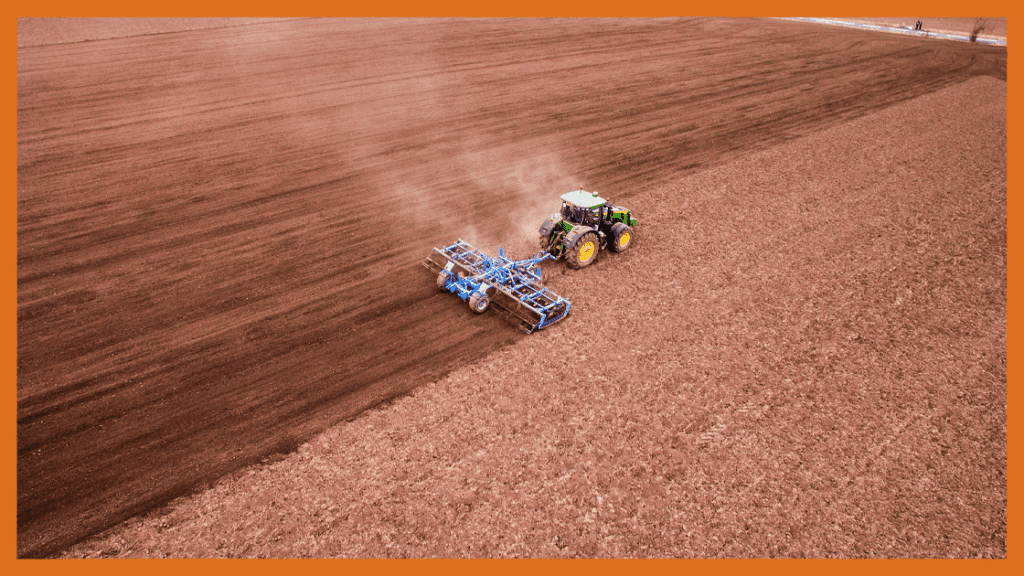Food fraud incidents. COVID. The Ukraine/ Russia situation. These events have nothing to do with each other. They have different causes and effects. But, they also have recognizable patterns of duration, onset, warning, and predictability. A key is that if you were looking, you might have seen it coming or at least become aware much sooner.
Supply Chain Disruption Class Lecture and Assignment
Last Thursday, March 3, I lectured in my MSU Introduction to Supply Chain Management course on a Supply Chain Disruption Application Workshop regarding the Ukraine/ Russia situation – this was only seven days after the invasion started. I have a classroom of nearly 500 students who are from all MSU business college disciplines – about 40% will go on to get their degree in Supply Chain Management.
(Disclaimer: We did not discount or undervalue the humanitarian crisis, but our class is about supply chain management, so we focused on that subject.)
I led a workshop where the students wrote a 200-word summary of the situation and a call to action to reduce supply chain disruptions from the potential direct and indirect issues of Ukraine/ Russia. We started by discussing how to begin a supply chain disruption review. Either there is an event that requires a response, or there is a realization that an actual supply chain risk management (SCRM) system is needed.
When I was previously presenting a supply chain disruption overview a few weeks earlier, we had reviewed the supply chain bottlenecks (and responses) for the US Port of Savannah. I assigned the students to be a “bread raw materials buyer” for a “Michigan-based retailer with a baking operation.” I described several possible scenarios and then defined some immediate action items.
The same questions asked in that scenario would also apply to the Ukraine/ Russia situation. They include: what is the scope of focus, what is the problem, what is causing the problem, what was/ should be done, and what is the call to action. This was aided by mapping the supply chain to identify the bottleneck and review possible countermeasures.
Debrief – what systems would you have liked to have had in place?
The specific results of our undergraduate student exercises are not important. What is important is that they understand the value of considering duration, onsets, warnings, and predictabilities. They now have a process and method to review this – or any – supply chain disruption.
That process review includes asking, after the incident has passed, the question of, “what would we have liked to have had in place?” In general, they’re learning that every event in the world could be a supply chain disruption for YOU – Texas ice storm, Suez Canal blocked, global pandemic, Somali Pirates, Tonga volcano, Ukraine, and others.
Application to Food Fraud Prevention
In the classroom exercise about the overall supply chain disruption for Ukraine/ Russia, it quickly became apparent that this is no ordinary event. The traditional business activities – both legitimate and criminal – and trade routes are now in a complete state of flux. The complete uncertainty about the outcome has been unprecedented since possibly World War II. For food fraud prevention, the physical limitations such as reduced ag and food production in Ukraine/ Russia will not be felt immediately. At the same time, the impact on the commodities and futures markets is already happening… and that is on top of the already stressed food supply chains. Eventually these shifts will impact the fraud opportunity.
This type of crisis puts stress on the current standard operating systems. Three key processes are essential in an efficient and rational response: (1) an early warning system that takes the time to review any and all possible supply chain disruptions, (2) a food fraud vulnerability assessment that considers those events even before they become an actual crisis, and (3) a food fraud prevention strategy that is an actual “management system.” For now, continue – or start – to review the potential supply chain disruptions. Then, later conduct an after-action report to refine and strengthen your food fraud prevention strategy.
Resources:
Food Fraud Prevention Academy free, online courses: https://www.foodfraudpreventionthinktank.com/food-fraud-prevention-academy/
Food Fraud Prevention Academy, Primer Documents: https://www.foodfraudpreventionthinktank.com/primers/

